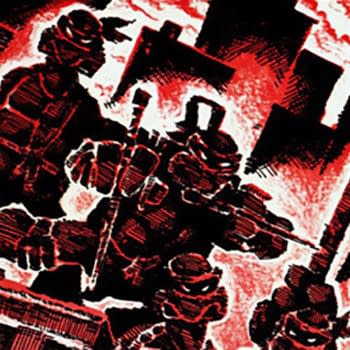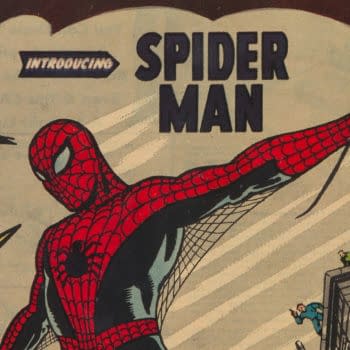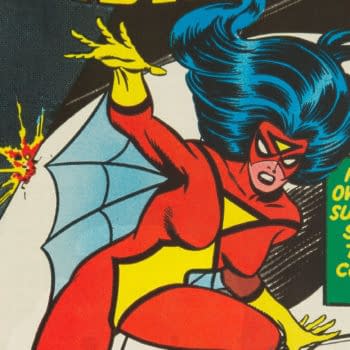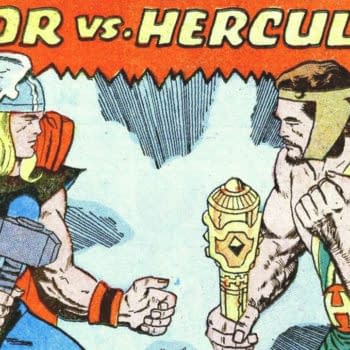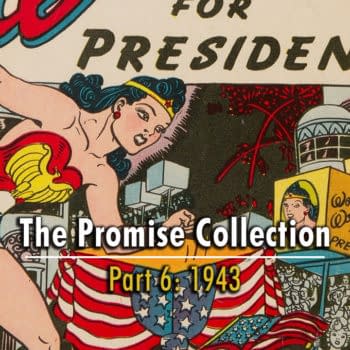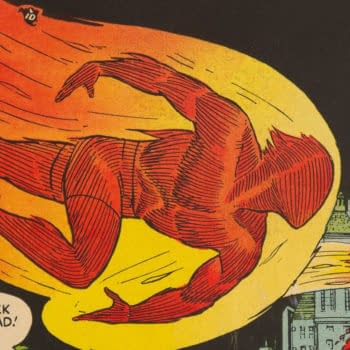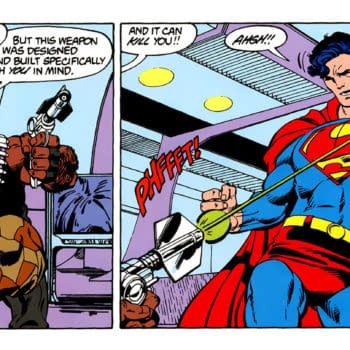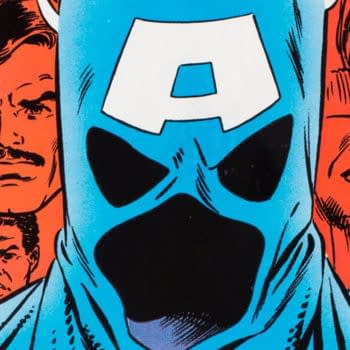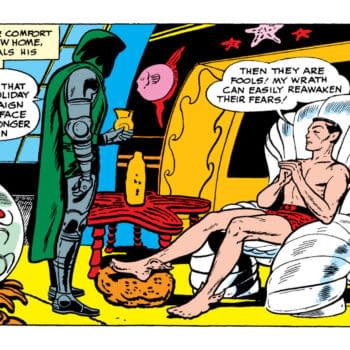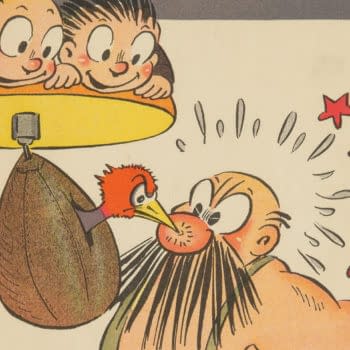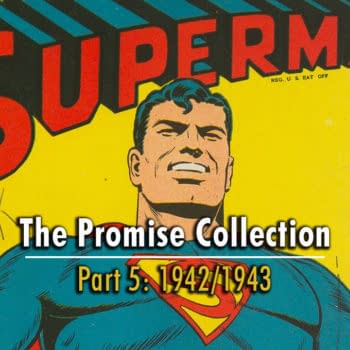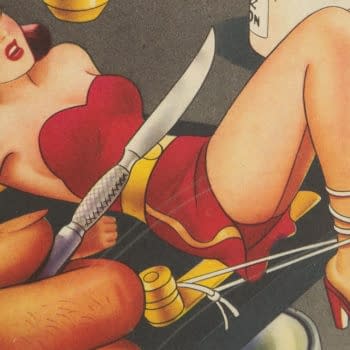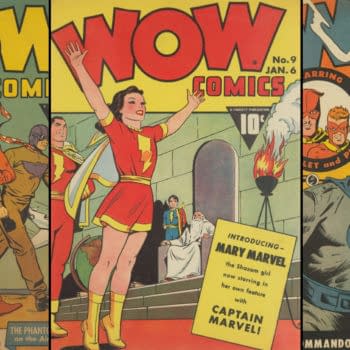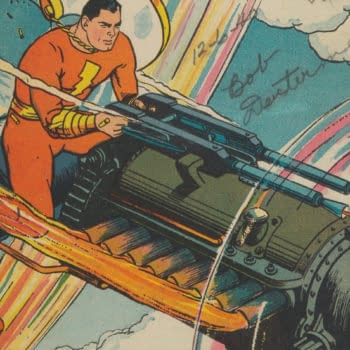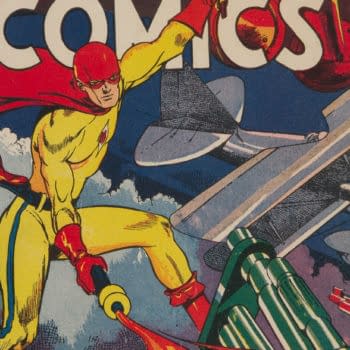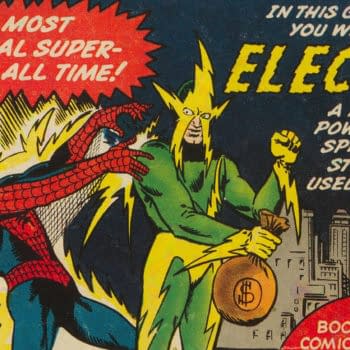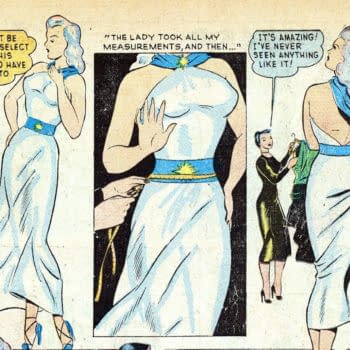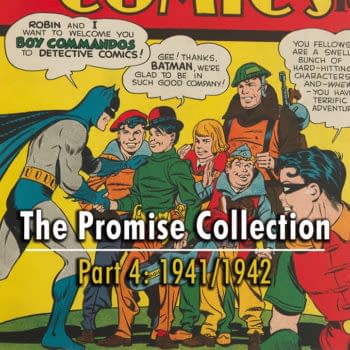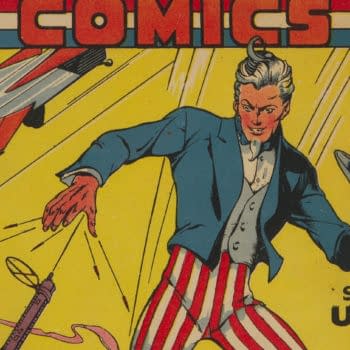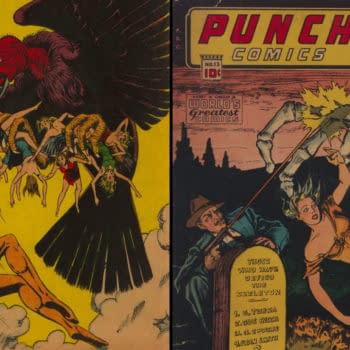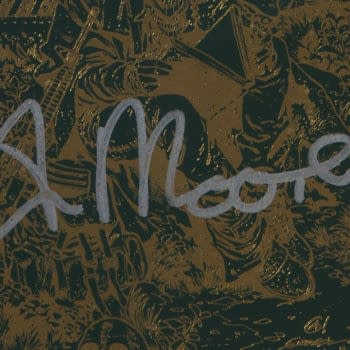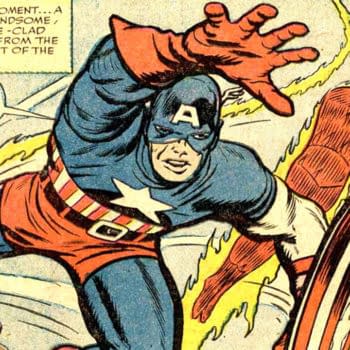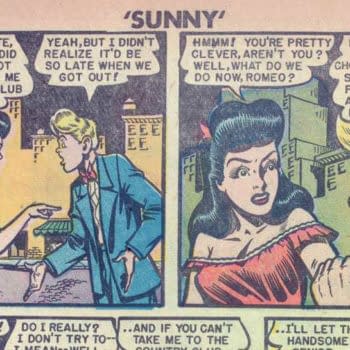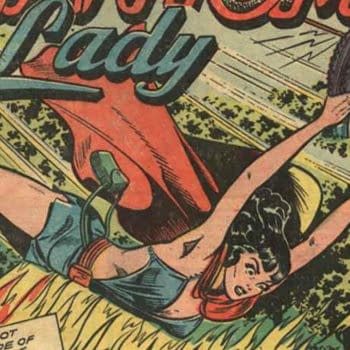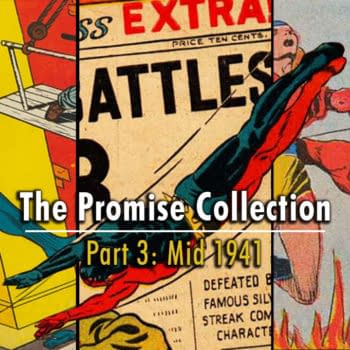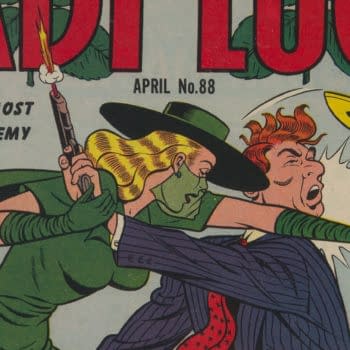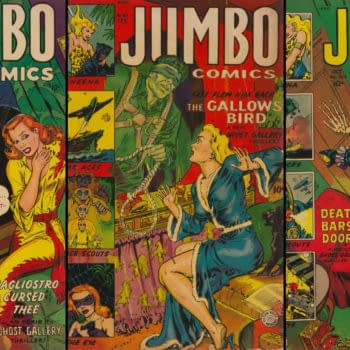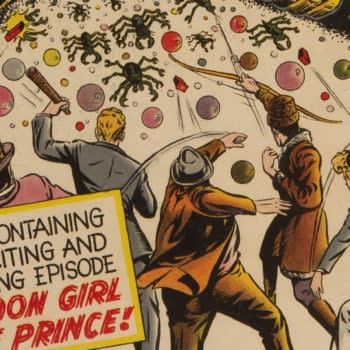Teenage Mutant Ninja Turtles #1 CGC 9.8, the legendary 1984 release from Kevin Eastman and Peter Laird, has just sold for $245,000.
Mark Seifert Archives
Approaching the $3M mark with over a week to go at auction, the first appearance of Spider-Man looks poised to take the comic book record.
Despite being created for the most corporate of reasons, Jessica Drew and Spider-Woman won fans over in her 1978 Marvel series.
Marvel's Wonder Man debuted -- and died -- in Avengers #9 in 1964, which may be the reason behind his enduring influence.
Marvel introduced Hercules and Zeus in Journey into Mystery Annual #1 in a scene that seems perfect for the MCU.
The Promise Collection is a group of high grade comics from 1939-1952, and in the midst of WW2 in 1943, Wonder Woman ran for President.
Marvel's brief superhero revival in the early years of the Cold War era kicked off in Young Men #24, and its a key part of Marvel history.
Almost 35 years before becoming a starring character of The Suicide Squad played by Idris Elba, Bloodsport came thisclose to killing Superman
The Captain America storyline which saw Steve Rogers as Cap using a gun to kill a terrorist would have major consequences for the series.
Dr. Doom and the Sub-Mariner's epic team-up in Fantastic Four #6 almost proved too much for the FF, and has some amazing history behind it.
Hal Foster was enormously influential on the comic creators of the Golden Age, and Ace Comics 26 contains Prince Valiant in comic book form.
The Promise Collection is a group of high grade comics 1939-1952, and the 1942/43 period sees the beginning involvement of Writers' War Board
"Alex Schomburg was to comic books what Norman Rockwell was to The Saturday Evening Post," Marvel's Stan Lee once noted.
Mary Marvel's series debut in Fawcett's Wow Comics title is an underappreciated gem of story and art from Otto Binder and Marc Swayze.
Fawcett's Captain Marvel lived up to his name in the earliest issues of Whiz Comics, with a number of war-themed covers and stories.
Despite his legal conflicts with DC Comics, Victor Fox's Wonderworld Comics title became a historically important title of the Golden Age.
There have been a few versions of Electro, but the one that debuted in Amazing Spider-Man #9 has become the definitive version.
Venus is a truly unusual Marvel/Timely/Atlas comic book series that was published at a time of major change in the comic book industry.
The Promise Collection is a group of high grade comics from 1939-1952, the 1941/42 period sees superheroes respond to US's declaration of war
American icon Uncle Sam became a comic book superhero in Quality Comics title National Comics, adapted for this purpose by Will Eisner.
An underappreciated series with unrestrained covers and interiors to match, Chesler's Punch Comics is worth your attention.
One of the most fascinating aspects of Alan Moore's work on the Crossed+100 series is his thoughts on how humanity could survive this future.
A funny thing happened on Captain America's way to the Silver Age... he made a "test" appearance as a villain in disguise first.
Before he became an EC Comics legend and the longtime editor of Mad Magazine, Al Feldstein brought us the teenage drama of Sunny and Junior.
Tucked away in the pages of Fox Features Syndicate's All Top Comics #10 is a Matt Baker Phantom Lady story that's one of her strangest tales.
The Skeleton Hand series was publisher ACG's attempt to chart a different course with the genre at the height of the pre-Code era.
The Promise Collection is a group of unbelievably high grade comic books from 1939-1952, and 1941 includes the famous debut of Daredevil Comics.
The creation of comics legend Will Eisner, Lady Luck began life as a backup in The Spirit newspaper sections, but briefly got her own series.
Maurice Whitman is underrated artist of the late Golden Age, and his Fiction House covers on Jumbo Comics among others are among his best.
EC Comics title International Comics (continued for one issue as International Crime Patrol) doesn't get as much attention as it deserves.


